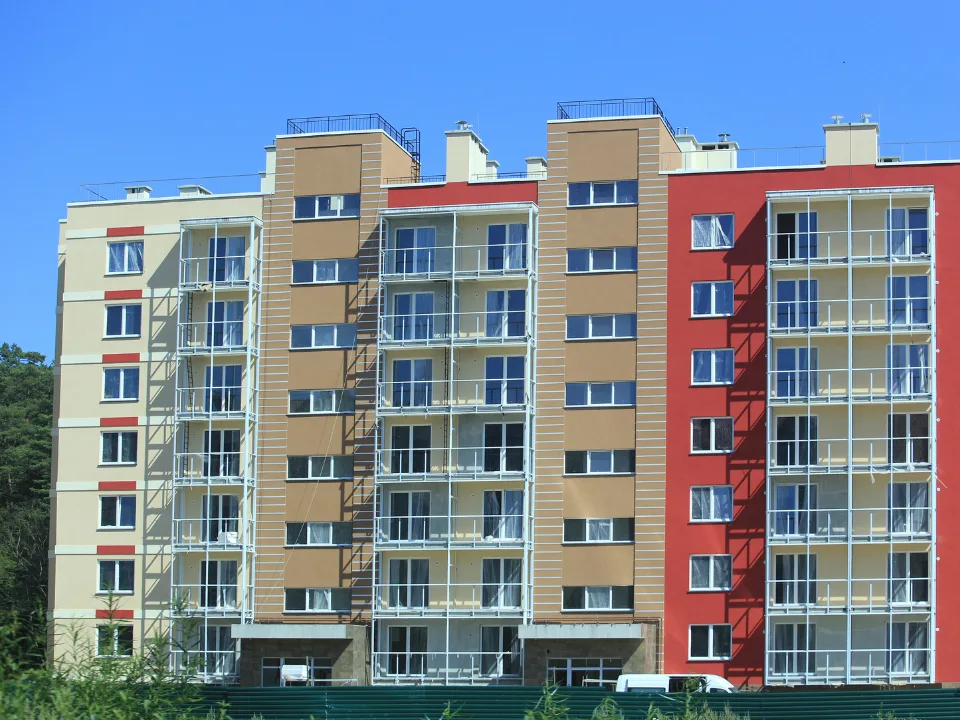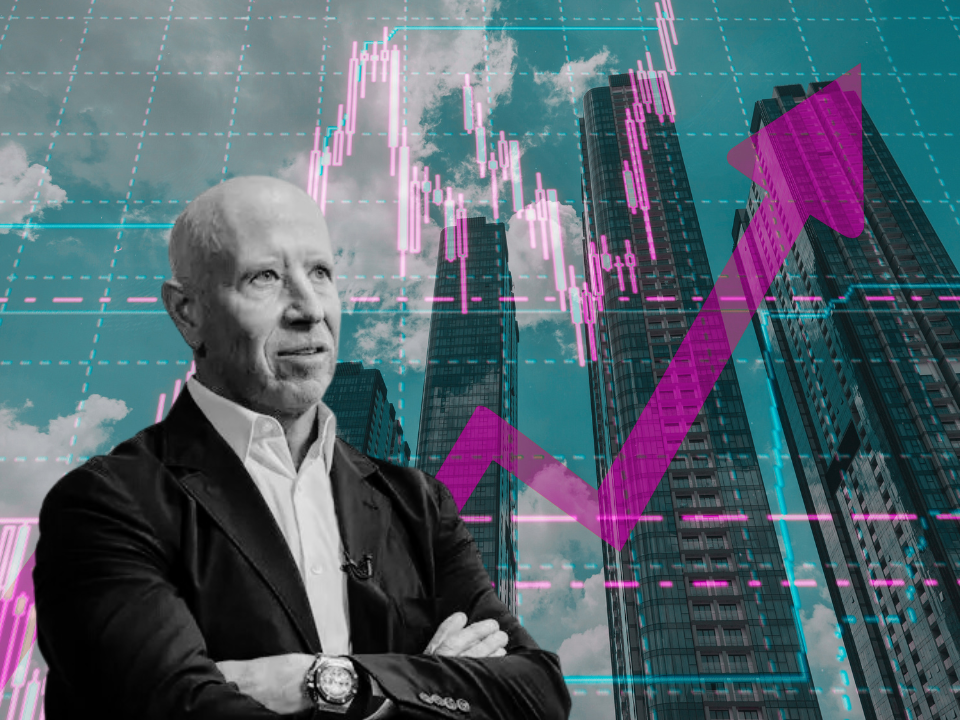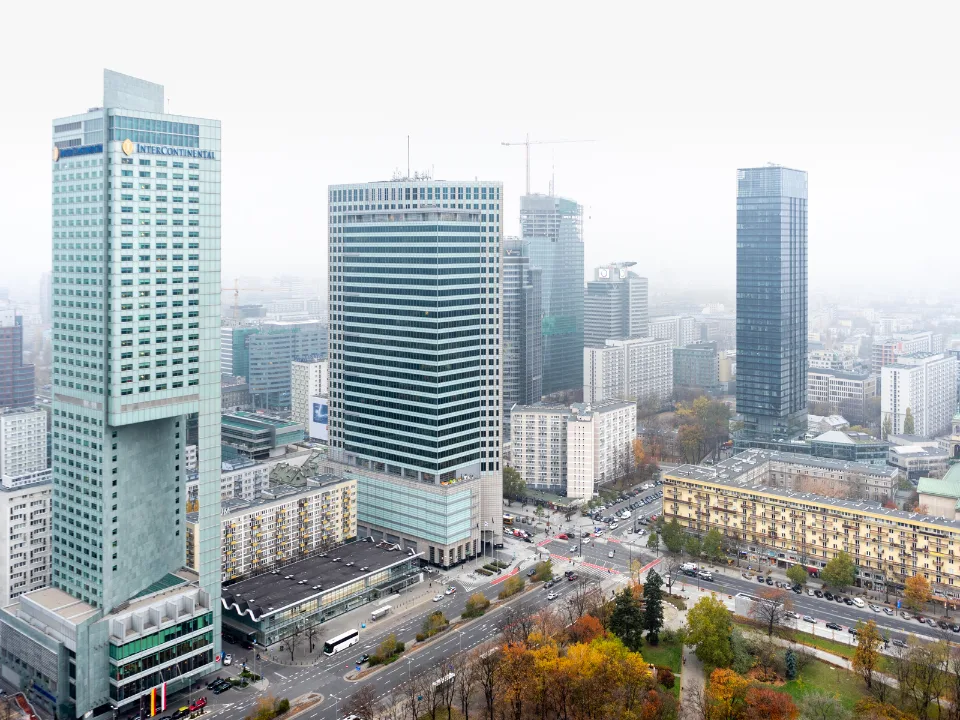- Sternlicht anticipates a surge in multifamily rent growth next year due to fewer new constructions.
- He criticizes the Fed’s renewed focus on keeping interest rates high to combat stubbornly persistent inflation.
- Higher interest rates continue to impact various sectors, while healthcare and education remain relatively resilient.
Starwood Property Trust (STWD) CEO Barry Sternlicht offers fresh insights into multifamily rent growth and his take on how the Fed is doing to stabilize the economy.
Multifamily Forecast
Sternlicht thinks that 2025 will be a good year for multifamily rent growth, thanks in part to a slowdown in new construction projects, which are expected to really taper off by mid-2025.
Sternlicht also emphasized the potential for higher residential rents following a decline in the supply of apartments. Notably, nationwide rent growth was flat YoY at the end of Q1 due to notable rent drops in several major U.S. cities due in part to too much new supply.
What now, Powell?
Unsurprisingly, Sternlicht criticized the Federal Reserve’s questionable approach to fighting inflation, pointing out that relying solely on elevated interest rates is, at best, an incomplete strategy.
Specifically, Strenlicht made the case that the U.S. economy is currently grappling with a balance sheet crisis rather than a crisis at the property level.
Quarterly Performance
Switching to Starwood Property Trust’s Q1 earnings, Sternlicht noted that higher interest rates impacted financing across various sectors, including technology and government.
But despite rate hikes, certain sectors like healthcare and education have continued to grow, mostly unaffected by high borrowing costs. The stability of affordable housing units within Starwood’s portfolio should also contribute to sustained rental growth.
The healthcare, education, and government sectors added 3.1M jobs since the Fed started hiking rates in 2022.
Why It Matters
Obviously, mid-2025 is over a year away. But Sternlicht also points out that buyers who had been on the sidelines for some time are gradually reentering the markets this year, a “yellow flag” for investors to start recalibrating their near-term and long-term investment strategies.

















